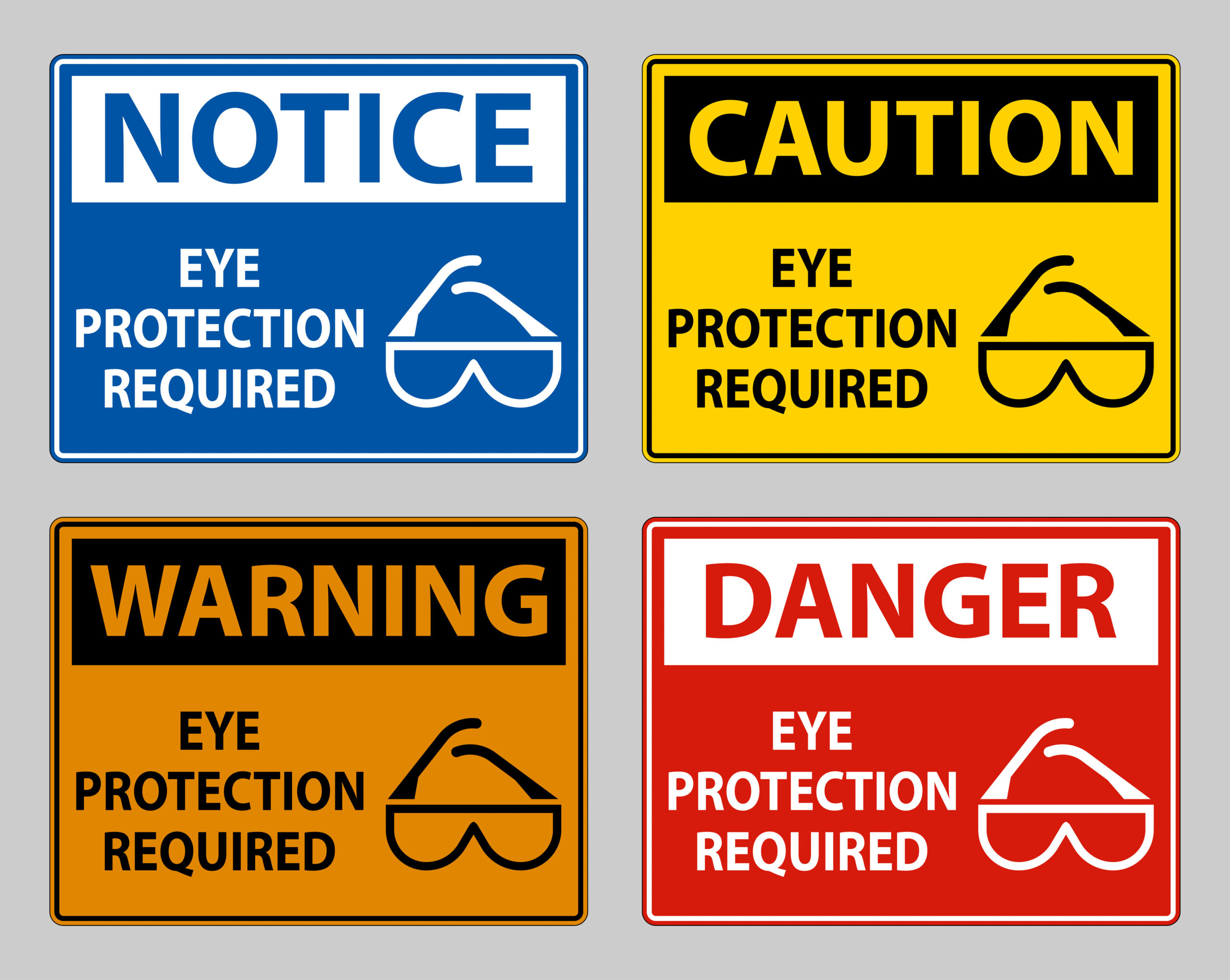View source
Prevent Blindness has declared March as Workplace Eye Wellness Month to provide employers and employees with free information on the best ways to keep vision healthy on the job.
According to the CDC, every single day, about 2,000 U.S. workers sustain a job-related eye injury that requires medical treatment. There are more than 15,000 welding equipment-related eye injuries a year and power tools come in second, contributing to nearly 10,000 eye injuries a year. Nearly one million Americans have already lost some degree of sight due to an eye injury.
Prevent Blindness, the nation’s oldest volunteer eye health and safety group, has declared March as Workplace Eye Wellness Month to provide employers and employees with free information on the best ways to keep vision healthy on the job.
Common causes of workplace eye injuries are flying debris like metal pieces or glass, tools, chemicals, harmful radiation and eye strain due to digital devices. Most injuries occur when eye protection is worn but it is improper or ill-fitting and when eye protection isn’t worn at all.
In an office setting, excessive computer, tablet, and smart phone use throughout the day increases the risk of digital eye strain. Symptoms include blurred vision, dry eyes and headaches.
Luckily, almost all workplace eye injuries are preventable with the use of proper safety eyewear. Eye injuries cost over $467 million a year but indirect costs, such as legal fees, fines and higher insurance rates, bump that estimate up to over $934 million each year.
“Healthy vision is crucial for productive work, independence, and quality of life,” said Jeff Todd, president and CEO of Prevent Blindness. “We must make our eyes a priority today to help maintain healthy eyesight throughout our lives.”
Here are some great ideas on how your company can participate by bringing awareness to the importance of Workplace Eye Wellness Month:
- Host a safety meeting or toolbox talk on eye safety
- Deliver an eye safety message from the management leadership to the staff
- Contribute to the conversation on social media using the hashtag #WorkplaceEyeWellnessMonth
- Include information on your company’s participation in Workplace Eye Wellness Month and workplace eye safety tips in your company’s newsletter
- Put up eye safety posters around the workplace
- Conduct a review of all eye safety signs in your workplace to ensure there are adequate Caution and Reminder signs to “Wear Eye Protection” in the areas that they are needed. Order more or replace as needed.
To prevent an eye injury at work, Prevent Blindness provides the following tips:
- Know the eye safety hazards at work by completing an eye hazard assessment.
- Eliminate hazards before starting work. Use machine guarding, work screens, or other engineering controls.
- Use proper eye protection that fits correctly such as non-prescription or prescription safety glasses, goggles, face shields, welding helmets, or full-face respirators.
To help reduce the effects of digital eye strain Prevent Blindness recommends that workers take frequent breaks by using the “20-20-20” rule. Every 20 minutes look away from your screen and look at an object 20 feet away for at least 20 seconds. This gives your eyes a chance to reset and replenish themselves.
With more than 700,000 work-related eye injuries happening each year, Americans can use a few tips on how to prevent eye injuries in the workplace. Download this fact sheet from Prevent Blindness on 10 Ways to Prevent Occupational Eye Injuries for some quick tips.
To see all the fact sheets that Prevent Blindness provides on vision health, visit their Fact Sheet page online for a full listing. To find out more about workplace eye health topics, please visit preventblindness.org.

